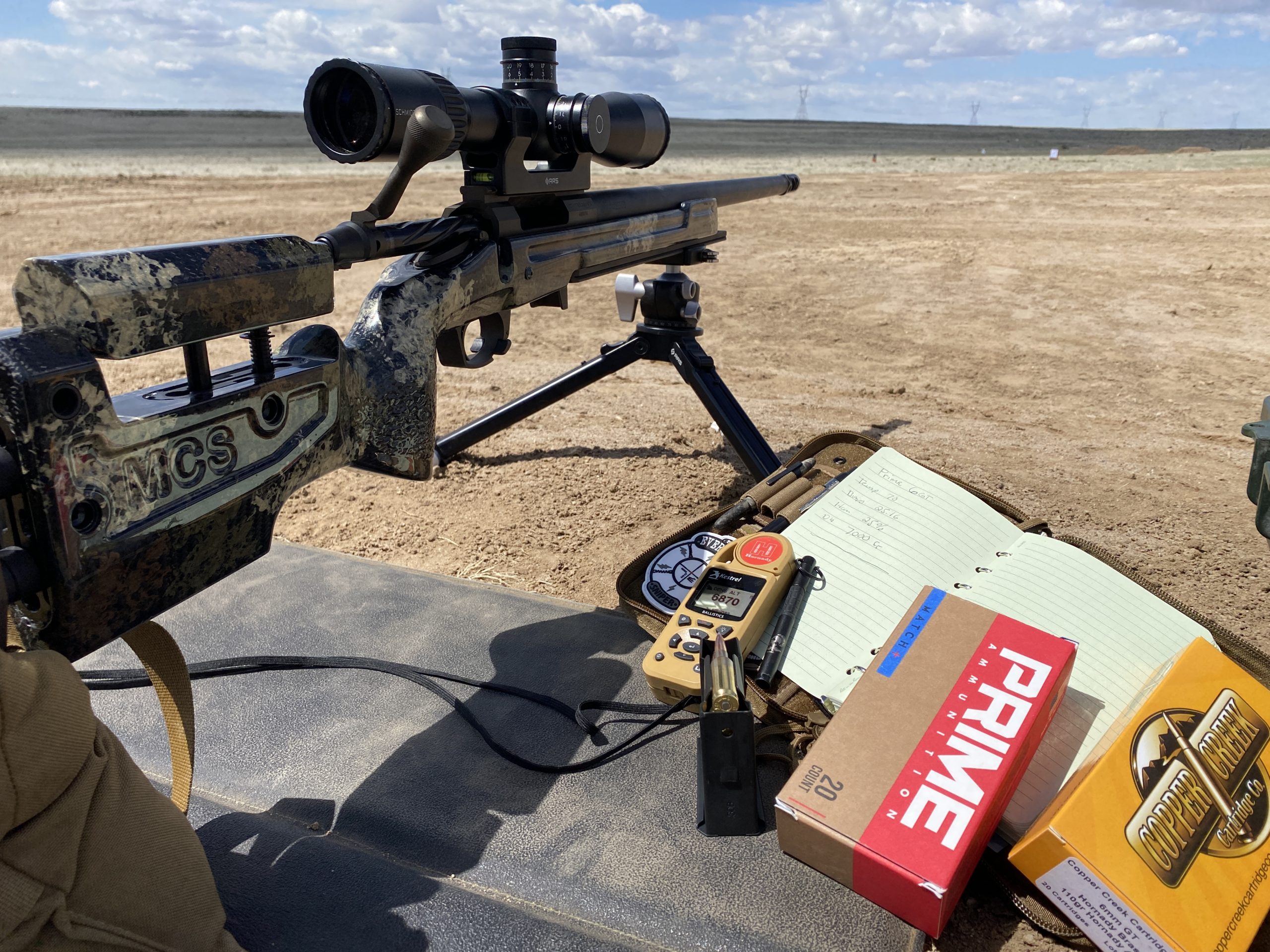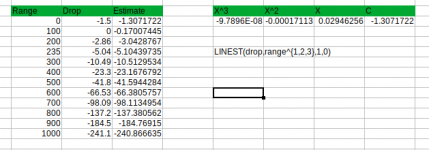WTF,
Wind, Target, the Fundamentals,
This makes doping a new rifle beyond simple
1. No inputs, no sight height, no muzzle velocity, no bullet weight, no bc, you don't need any of it, just simple multiplication,
2. Works regardless of caliber ( rimfire ranges are different, but can work too) All objects fall due to gravity, weaponized recognizes this fact.
3. Using true data to proceed, it knows where your bullet was so it can tell you where will go.
4. Works MIls or MOA
5. The X Factor can be adjusted for location, they are not set in stone a minor tweak is all it takes.
No amount of ballistics can fix bad fundamentals so a priority must be placed on their execution. This data should put the shooter within .2 or .72 MOA of the center.
The Weaponized Math Tables produced on this by @Jack Master are an entire ballistic calculator on a single page. We offer them for free for anyone to use.
if you never leave your home range this is the only ballistic table you'll ever need.


Wind, Target, the Fundamentals,
This makes doping a new rifle beyond simple
1. No inputs, no sight height, no muzzle velocity, no bullet weight, no bc, you don't need any of it, just simple multiplication,
2. Works regardless of caliber ( rimfire ranges are different, but can work too) All objects fall due to gravity, weaponized recognizes this fact.
3. Using true data to proceed, it knows where your bullet was so it can tell you where will go.
4. Works MIls or MOA
5. The X Factor can be adjusted for location, they are not set in stone a minor tweak is all it takes.
No amount of ballistics can fix bad fundamentals so a priority must be placed on their execution. This data should put the shooter within .2 or .72 MOA of the center.
The Weaponized Math Tables produced on this by @Jack Master are an entire ballistic calculator on a single page. We offer them for free for anyone to use.
if you never leave your home range this is the only ballistic table you'll ever need.




